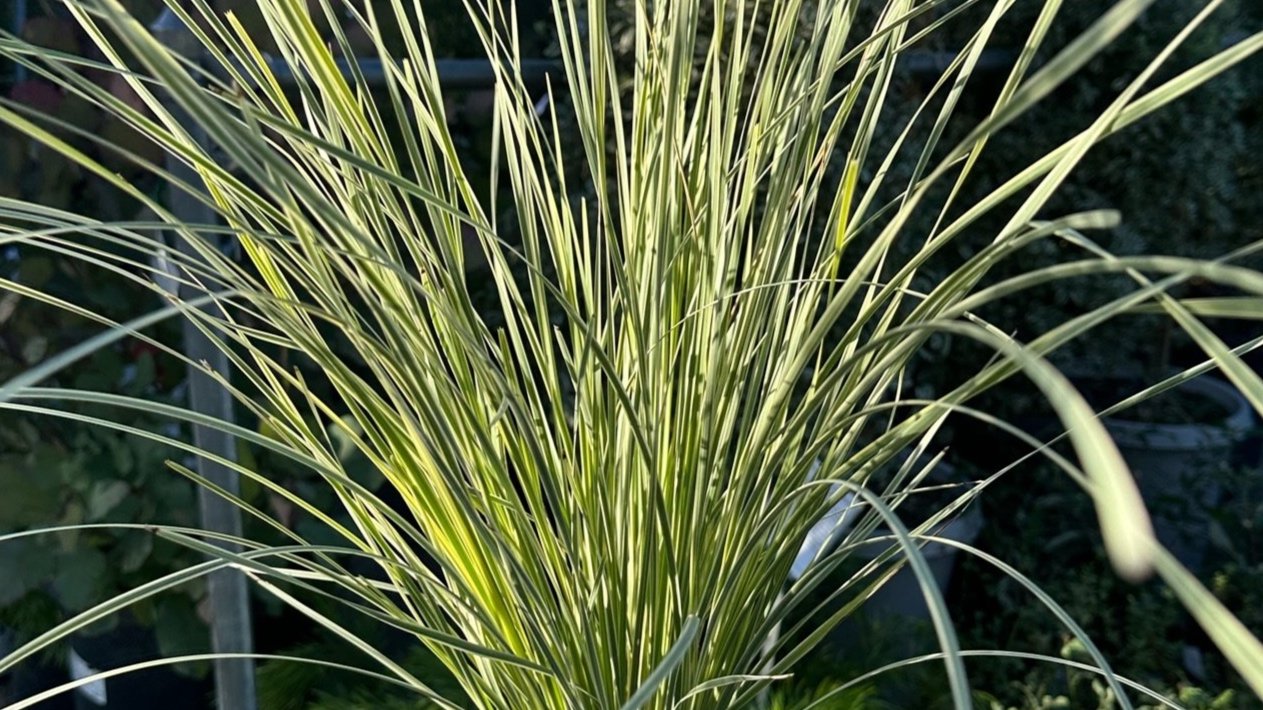Planting Bare Root Trees
Our Bare Root trees are 2-3+ years old when they are carefully dug from the ground when dormant, placed in cold storage without any soil around their roots, graded and bundled, then shipped. We receive our bare root fruit trees in early to mid-January. We immediately pot them your convenience and to reduce stress on the trees. Like our bare root roses, you receive the benefit of sale pricing on our bare root fruit trees. Our fruit tree sale will continue through February.
Consider your pets - Houseplants
Houseplants not only bring natural beauty indoors but also have the power to purify the air, reduce stress, and create a calming atmosphere in your home. However, for some pet owners, it's important to be cautious when selecting plants for your indoor garden, as some can cause dogs and cats to become ill when ingested. If you have a pet who chews…
What’s On My Plant? - Mealybugs
Mealybugs, pesky invaders of our indoor and outdoor green spaces, are among the most common and persistent pests that gardeners and plant enthusiasts encounter. Despite their diminutive size, these tiny insects can wreak havoc on our beloved plants if left unchecked. They can impede plant growth…
Thyme, Thyme, Thyme – is on Your Side
Thyme (Thymus) is a versatile and aromatic herb cherished as a lush groundcover and delicious culinary herb. It creates a carpet of foliage year-round and is covered with masses of flowers ranging in shades of white, pink, and purple. Attractive to pollinators, thyme is an great addition in bee and butterfly gardens and…
Planting and Growing Protea In the Bay Area
Plants in the Protea family with their stunning flowers and striking foliage, have found a home in the diverse Bay Area landscape. The Protea family (“Proteaceae”) include Leucadendron, Grevillea, Leucospermum, Banksia, Protea, among others. The unique blooms, known for their vibrant colors and intricate shapes…
Prepare Garden Beds for Planting Edibles
Creating a thriving vegetable garden in the Bay Area requires more than just selecting the right plants and watering them regularly. Soil is the key to the success of any garden as it directly impacts the growth, yield, and overall vitality of the plants. Most edible plants grow best…
Helleborus: Winter Rose, Lenten Rose
Helleborus are tough, long-lived evergreen perennials which bloom from late winter to early spring. The clusters of nodding, cup shaped flowers bloom in shades of white, pink, red, green, black, dusky mauve, brilliant bicolors, and patterned petals adding a splash of color to a winter garden. Read More…
Dormant Spraying: Why You Should
Why dormant spray? Dormant Spraying is used for two reasons: one is to help control insects, the other is to control fungal diseases. You will have better crops and possibly eliminate the need to spray by reducing insects and diseases in the coming year.
Protect Your Plants from Winter Chill
During spells of cold weather, it is advised to protect your plants from potential foliage and root system damage. Cold can affect plants in two ways. Sudden drops in temperature to below freezing can cause ice crystals to form in the plants cells causing them to burst, resulting in die-back or death.
Sunny Camellia sasanqua
Looking to bring spring-like blooms to your garden in the depths of winter? Any of the numerous varieties of Camellia sasanqua will do just this! The large, bright flowers bloom in bright colors of white, pink and red in early to mid-winter.
Blue Spruce - Varieties Suited to Our Small Gardens
Picea pungens is a bright silvery blue, evergreen conifer, with a narrow, pyramidal form with horizontal to weeping branching. In the Bay Area they typically reach 20-25' in height, although they can grow 30-60’ tall and more where they grow naturally.
Ornamental Kale and Cabbage
Brighten your winter garden with Ornamental Kales and Cabbages. Their showy rosettes of foliage in shades of purple, blue, cream, green and rose resemble large flower blossoms. They are cool season biennials, typically grown as cool season annuals in Fall through early Spring.
Dipladenia and Mandevilla – How They Differ
Both Dipladenia and Mandevilla are beloved for their brilliant, showy trumpet shaped flowers in shades of red, coral, pink, yellow and white. These evergreen, tender, tropical plants flower profusely in summer to late fall/early winter in the Bay Area and attract hummingbirds and bees. They look alike – so what are the differences between them?
Crazy About – Phylica pubescens
Showy, golden feathery, flattened bracts, hiding small whitish flowers at the base, bloom from fall through late winter. Evergreen dense shrub with upright woody branching grows 5-6 ft with an equal spread. A mass of upright growing, feather duster-like stems bear slender horizontal leaves…
Lush Lomandra
Add movement, sound and dimension to your garden with Lomandra, an elegant, evergreen, arching, ornamental grass-like plant. It is beautiful as an accent, in a swath, border or container.

















